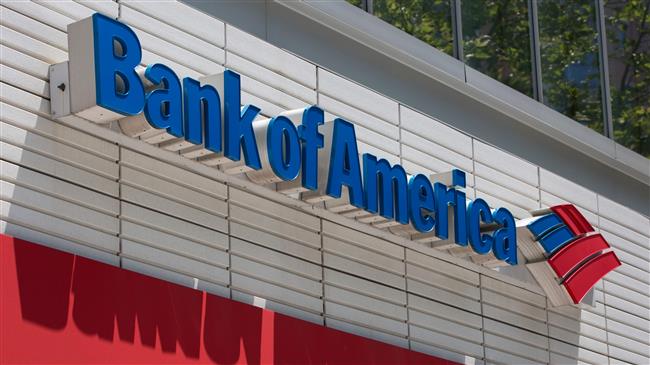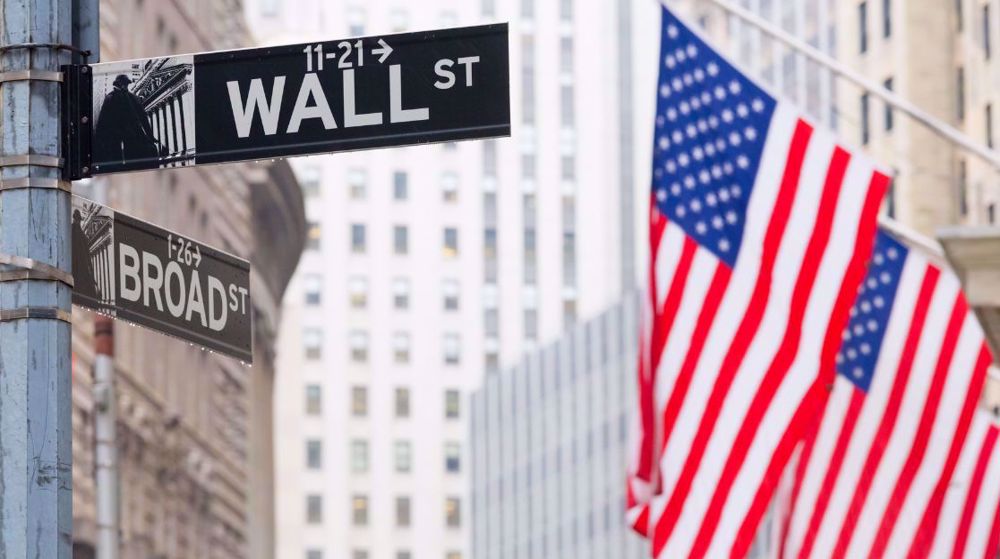African Americans lack proper access to US banks: Study
Many black people in the United States have difficulty saving money partly because they lack access to traditional banking services, contributing to the growing racial wealth gap in the US, a new study has found.
Many African Americans depend on more expensive alternative financial services like check-cashing counters since there are fewer banks in non-white neighborhoods, according to the study published on Tuesday by McKinsey & Co.
Increasing access to basic banking services, like checking and savings accounts, could save individual black Americans up to $40,000 over their lifetime, the report found.
“Black families are being underserved and overcharged by institutions that can provide the best channels for saving,” said the report authored by McKinsey partners Shelley Stewart and Jason Wright.
In majority-white communities, there are an average of 41 banks and financial institutions for every 100,000 people, compared with 27 in neighborhoods that are majority non-white, the study said.
However, more expensive alternative financial services like payday lending are more readily available in black neighborhoods, the report said.
Additionally, banks in black communities typically require higher account balances to avoid service fees, the study found.
The US racial wealth gap has expanded significantly over the last two decades, with the wealth of the average white family growing 10 times higher than the average wealth of a black family, according to government data.
The white household had a net worth of $171,000 while average black and Hispanic households had a median net worth of $17,600 and $20,700 respectively.
“When you bridge that gap, the money is not just going to black pockets, it’s going to everyone’s pockets,” Wright told Reuters.
America’s racial income inequality and corporate greed has become a focus of the 2020 Democratic presidential candidates.
Critics say the tax policies of US President Donald Trump has funneled vast amounts of money to the wealthiest Americans while offering only modest benefits to lower income taxpayers.
VIDEO | Australians rally for Gaza ahead of Christmas festivities
VIDEO | Attacks on Sana'a
Iran reports further drop in annual inflation rate in December
Israel indicts two settlers over suspected spying for Hezbollah
Iran: US airstrikes on Yemen war crimes, violation of international law
Yemeni armed forces down F-18 fighter jet, repel US-UK attack: Spokesman
Iran warns against US-Israeli plot to weaken Muslims, dominate region
VIDEO | Public uproar in US against Israeli regime










 This makes it easy to access the Press TV website
This makes it easy to access the Press TV website